Take a look! Things you should know about intellectual property rights!
2020-04-21 10:05:38
World Intellectual Property Day
April 26
Did you know that April 20 to 26
is the National Intellectual Property Publicity Week?
How much do you know about intellectual property?
Today, let me show you
About intellectual property!

Intellectual property law ≠ "Intellectual Property Law"
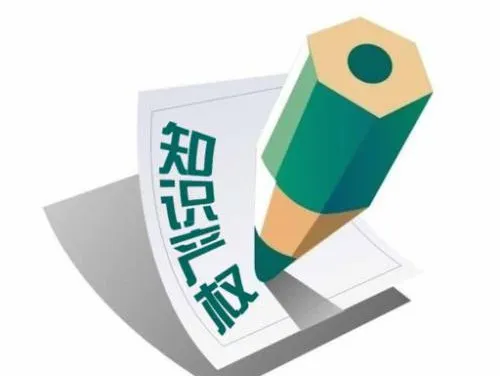
People are used to saying "Intellectual Property Law", which does not mean that there is a law called "Intellectual Property Law of the People's Republic of China" in my country. In fact, the "Intellectual Property Law" we often say is only a legal discipline concept or a general term for a series of intellectual property legal norms, including copyright law, trademark law, patent law and other laws, as well as related laws and regulations.
"Intellectual property" comes from legal provisions

Intellectual property is the legal rights of creators of various intellectual achievements that are set by law in a mandatory manner to encourage innovation, promote scientific and technological development and other public policy needs when society develops to a certain period. Therefore, whether the results of people's intellectual activities can be recognized as intellectual property and protected can only be determined by the intellectual property laws of their own country.
What does intellectual property include?
Intellectual property includes traditional intellectual property and new intellectual property. Traditional intellectual property rights can be roughly divided into copyrights, patents, and trademarks, among which patents and trademarks are collectively referred to as industrial rights; new intellectual property rights include integrated circuit layout design rights, new plant variety rights, geographical indication rights, and trade secret rights. With the acceleration of scientific and technological innovation and social development, the scope of intellectual property extension types will become wider and wider, and the expansion speed will become faster and faster.
What does intellectual property protect
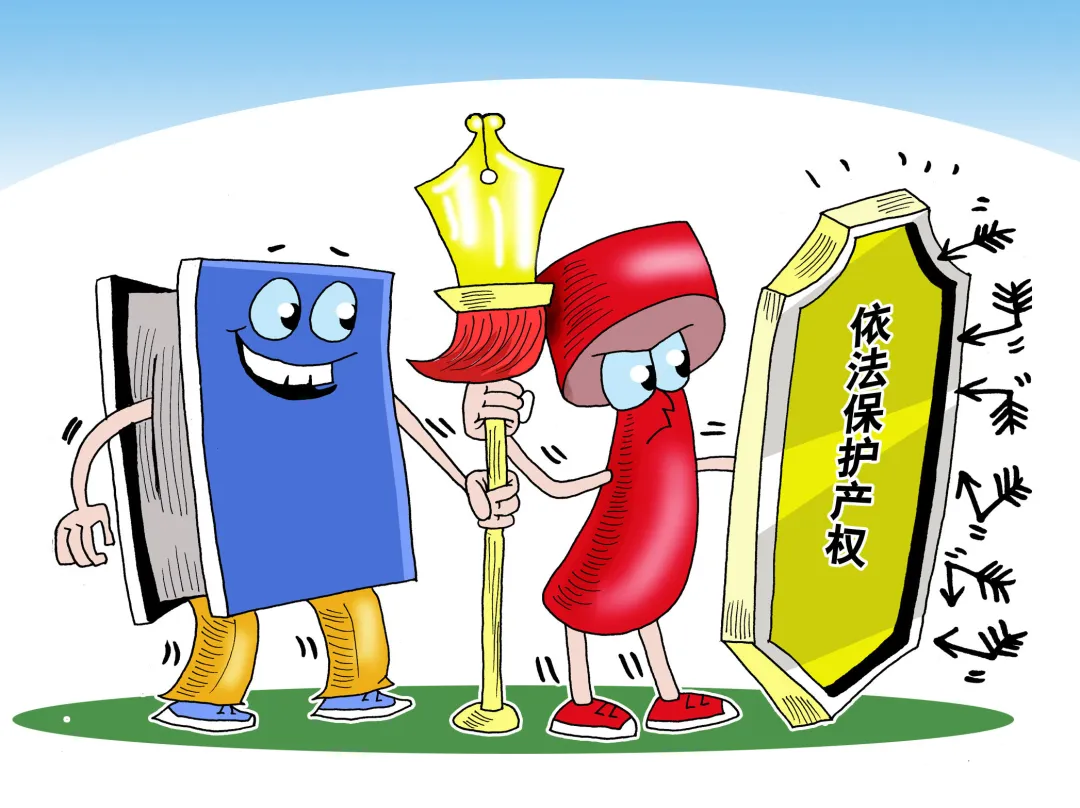
Intellectual property rights protect intangible objects such as intellectual achievements and goodwill. The concept of "immateriality" is relatively unfamiliar to most people. The following case can help understand "immateriality": Zhao went to South America for a trip and wrote a travelogue "Traveling in South America". Then "Zhao's intellectual achievements" refer to the content of the book "Traveling in South America". Suppose "Traveling in South America" is published by the publisher and sold out. Then, the ownership of the books of "Traveling in South America" that have been published has been respectively owned by the purchasers, but the copyright of "Traveling in South America" still belongs to Zhao alone. If someone steals the book purchased by one of the readers, the act of stealing the book infringes the ownership of the reader, but does not infringe Zhao's copyright, and is not protected by the Copyright Law; but if the person who stole the book also publishes the content of the book on the travel website without authorization, it constitutes an infringement of Zhao's copyright. This is because the Copyright Law protects the content written in the book "Traveling in South America". Without Zhao's consent, others cannot copy and disseminate the content of the book.
Intellectual property rights must be "embodied" in tangible forms
The objects of intellectual property protection, such as "intellectual achievements and goodwill", are invisible and intangible, so these objects must be "embodied" in tangible forms. Only when they are "fixed" in physical forms can they become the objects of protection of intellectual property law.
Intellectual property owners enjoy "exclusiveness" over intellectual property rights
The particularity of intellectual property rights is that in most cases they must be public. For example, if someone invents a technology and successfully applies for a patent, this patented technology can only bring economic benefits to the patent owner if it is applied to products and sold, and the better the product sales, the more benefits the patent owner will get. However, the greater the market sales of the product, the more people the patent is "exposed" to, and the greater the risk of being "pirated". If the law does not grant the patent owner the "exclusive right" to the patent in a timely manner, and others do not need to bear any legal consequences for misappropriation, then once other products also use the technology at will, the economic rights and interests of the patent owner will be unprotected.
So whether it is copyright, patent or trademark, the core of their rights is "others shall not use without permission from the right holder", and the exclusive rights of intellectual property owners are protected by the power of law.
Intellectual property has regional restrictions
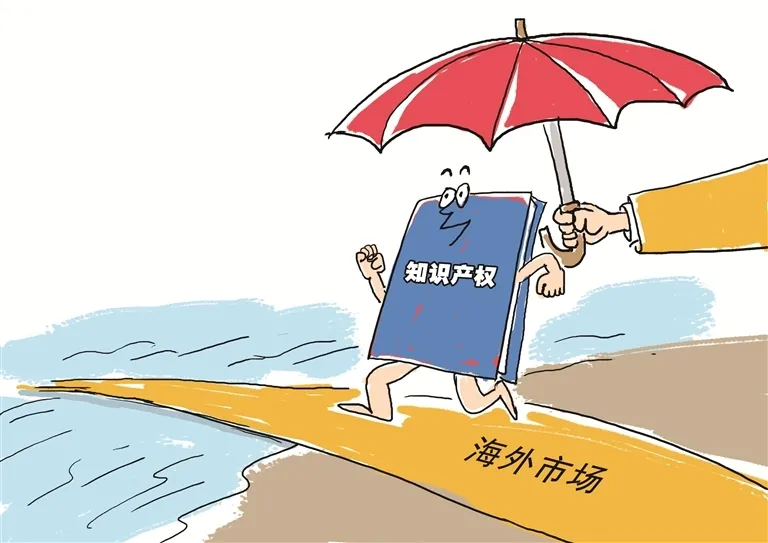
Since the types of rights and protection strengths stipulated in the intellectual property laws of various countries are different (for example, the smell trademarks recognized by the United States and other countries cannot be registered as trademarks in my country), unless there are special provisions in international treaties, bilateral or multilateral agreements, the intellectual property rights of one country cannot be automatically protected in other countries.
Different types of intellectual property rights are obtained in different ways
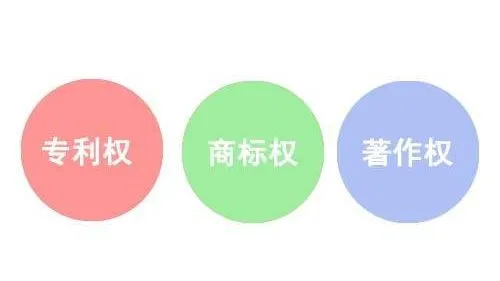
According to the current relevant laws and regulations of my country, copyright is "acquired from the time the author completes the creation", patent rights are "effective from the date of grant and announcement by the Patent Office", and trademark rights are "acquired from the date of approval and registration by the Trademark Office". Since this is also the practice in the international community, the degree of regional restrictions on different types of intellectual property rights is also different.
The protection period of most intellectual property rights is limited in time
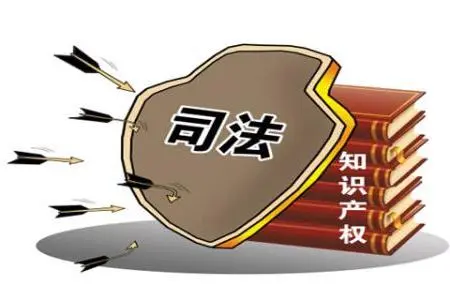
Once intellectual property rights exceed the protection period prescribed by law and enter the public domain, they are no longer protected, and people can use related works, technologies, etc. for free without the permission of the intellectual property owner. The relevant protection periods of my country's current legislation are mainly: 50 years for copyright, 20 years for invention patents, 10 years for utility model patents and design patents, and 10 years for trademarks. However, if it is personal rights (author's right of signature, etc.), non-intellectual activities or non-public information (trade secrets, etc.), there is no time limit for its protection period.
Be sure to take note of the above content in a small notebook
Intellectual property rights are closely related to us
Protecting intellectual property rights starts with me!



